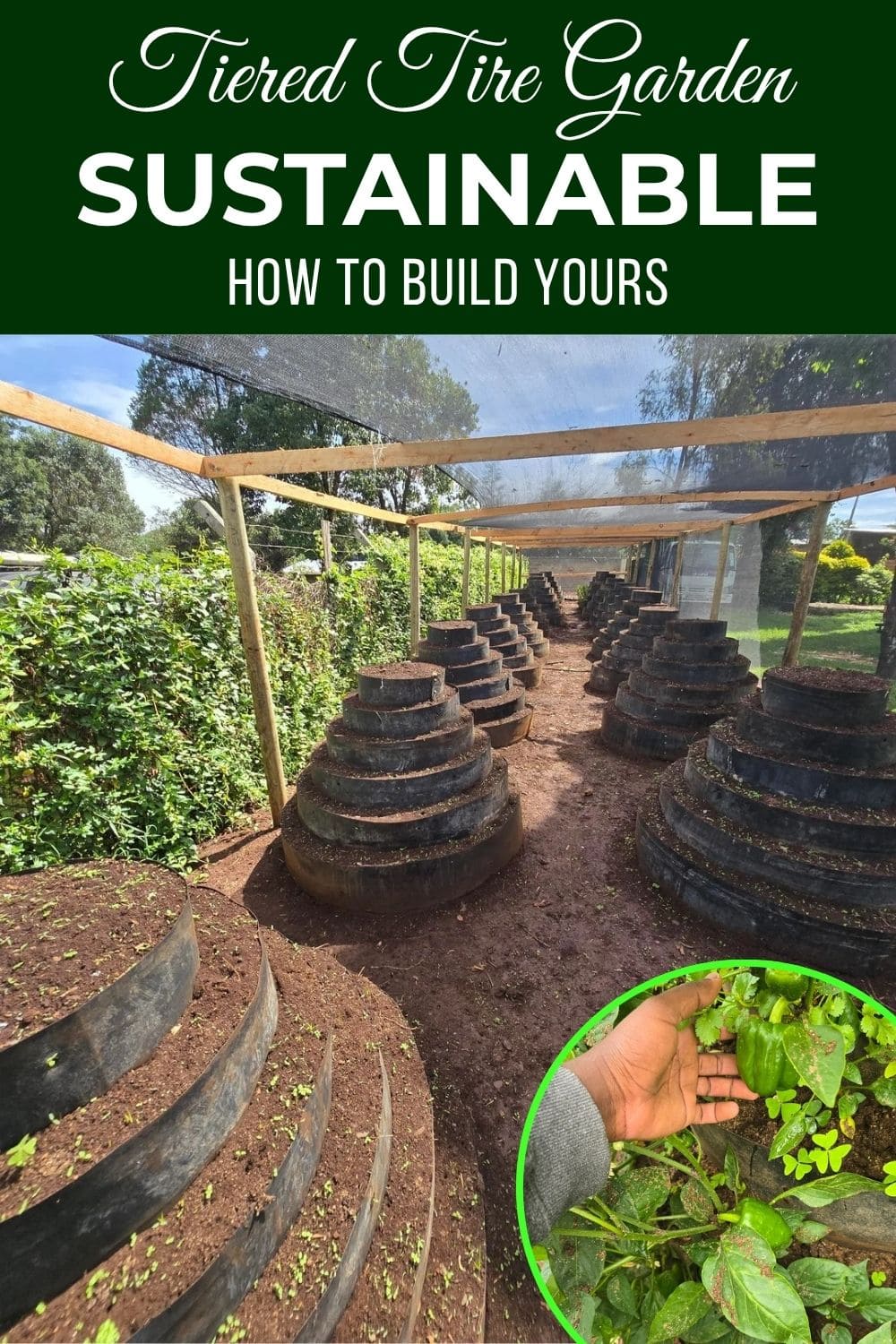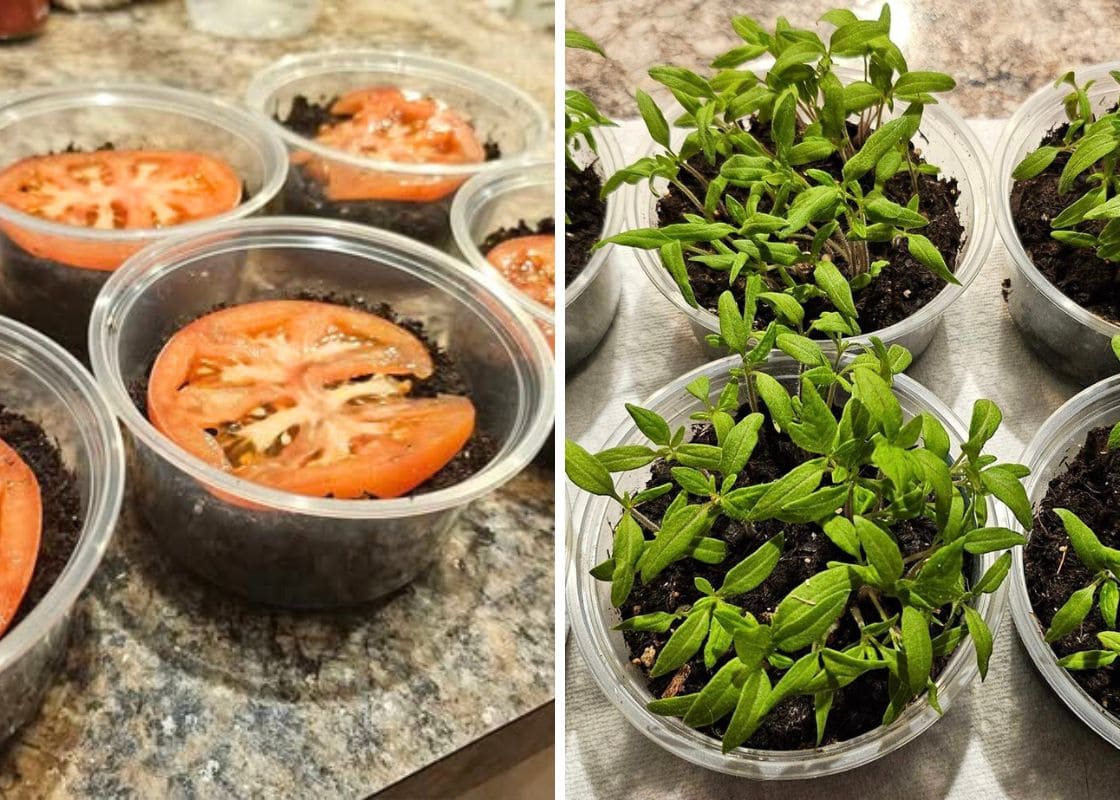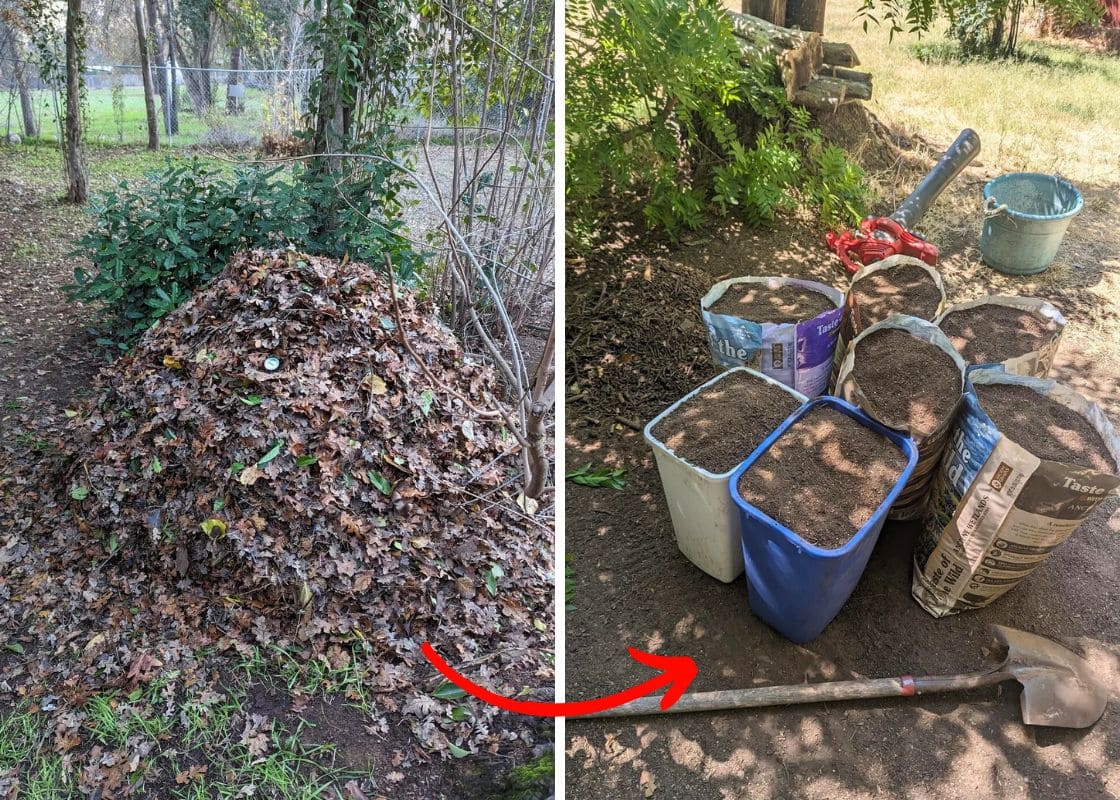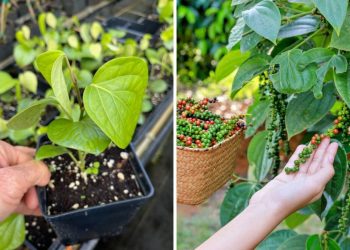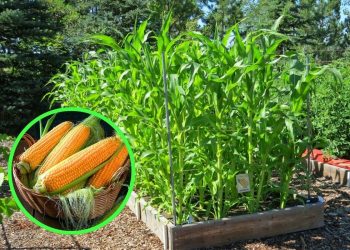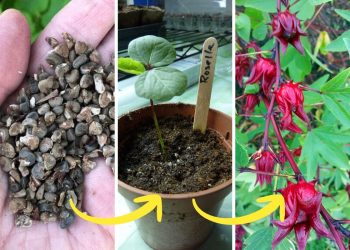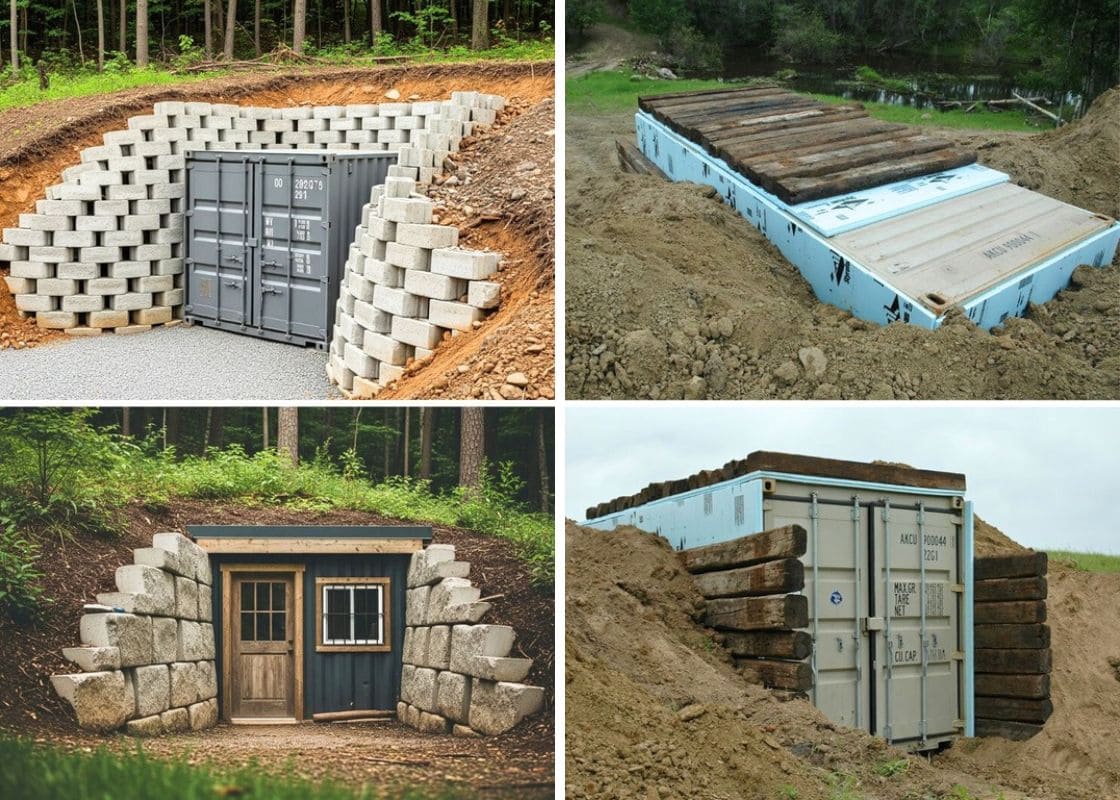In many gardens, space is the biggest limitation.
That’s why gardeners around the world are getting creative with vertical designs, turning small areas into lush, high-yielding plots.
One brilliant approach is the tiered tire garden.
By stacking layers of old tires or circular frames filled with soil, you can create a pyramid-shaped bed that maximizes planting space, improves drainage, and looks surprisingly elegant once it’s full of green growth.
Better still, it’s a sustainable way to repurpose materials that would otherwise go to waste.
Why Choose Tiered Tire Gardens?
Tiered beds give you several gardening advantages.
The pyramid design allows water to flow naturally down through the soil, reducing problems with waterlogging.
Each level offers a unique growing environment as deep roots thrive in the center, while herbs, leafy greens, or trailing crops flourish along the edges.
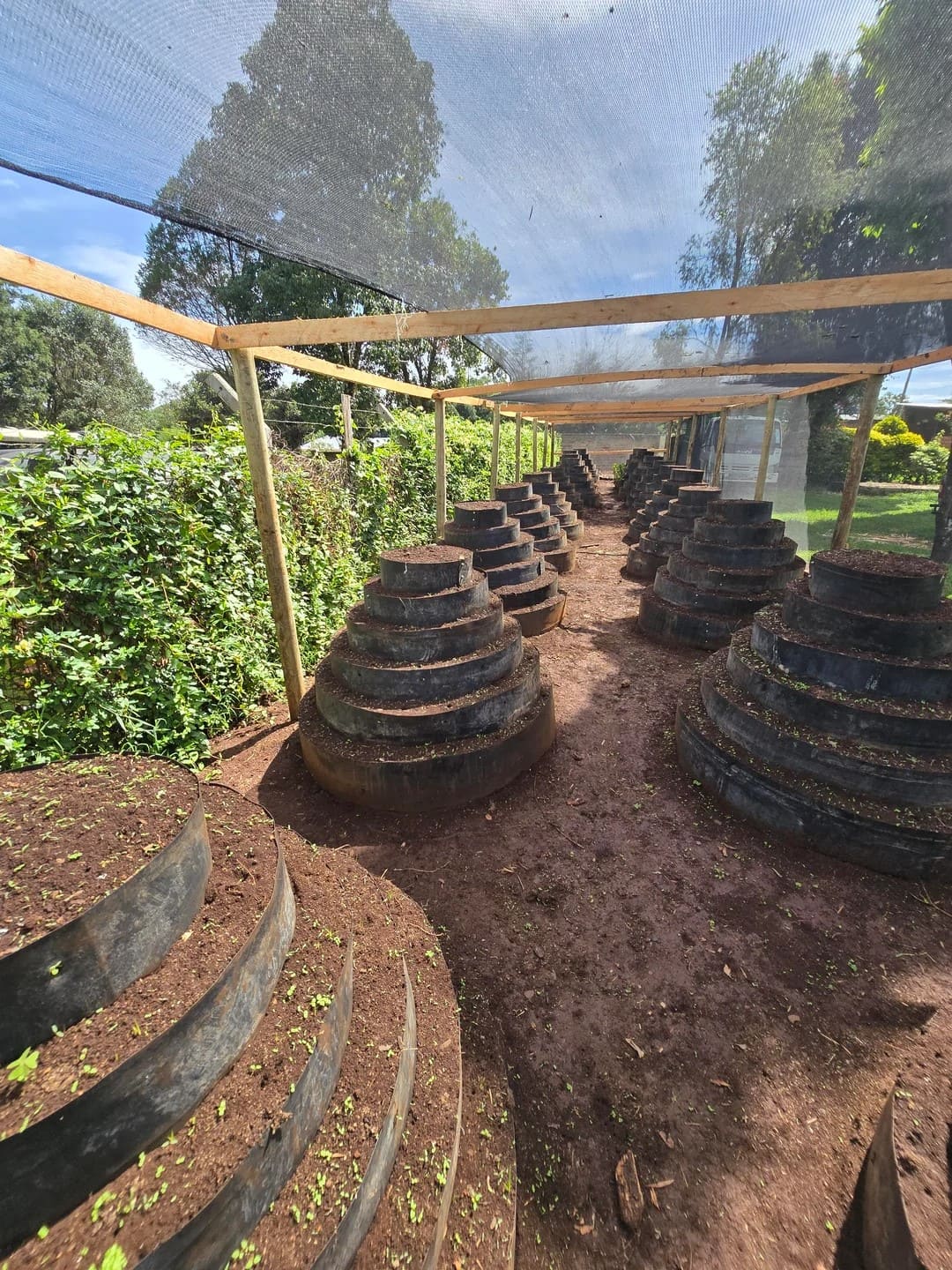
Because the structure is elevated, it’s easier to maintain and less prone to pests that crawl in at ground level.
And since it’s vertical, you can grow more in less space, making it ideal for both home gardeners and community projects.
Materials You’ll Need
- Old tires or strong circular rings (6-7 different sizes, stacked largest to smallest)
- Soil mix rich in compost and organic matter
- Basic garden tools: shovel, hoe, watering can
- Optional: shade netting or a simple frame to protect crops from harsh sun or heavy rains
Step-by-Step Guide to Building Tiered Tire Gardens
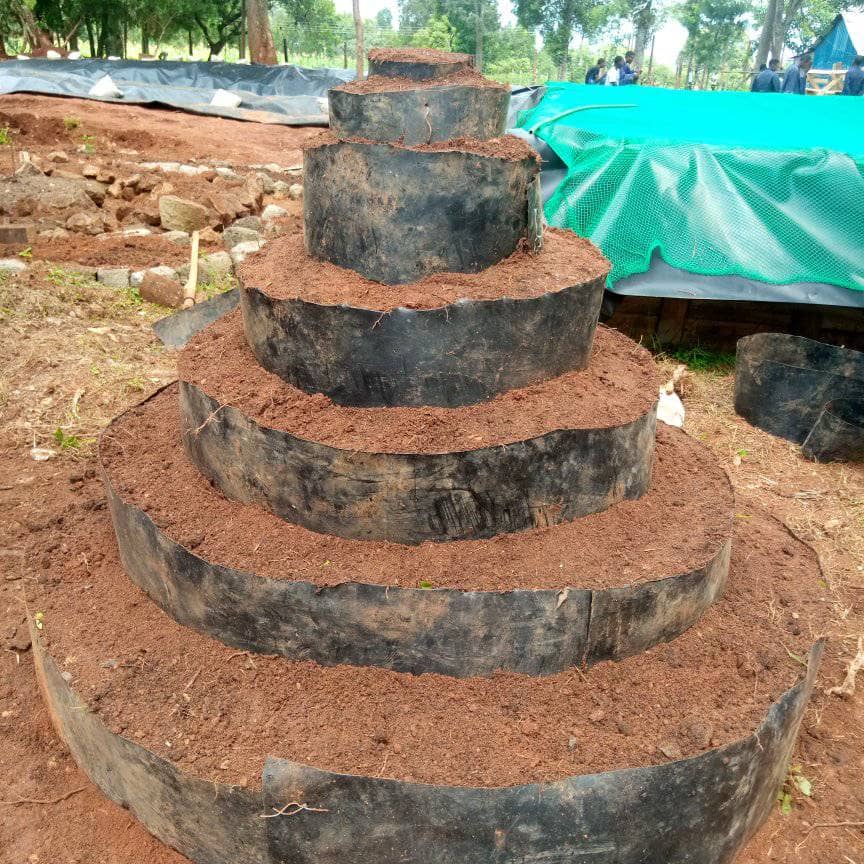
Step 1: Choose a Location
Find a sunny spot with good drainage. Tiered gardens work best where plants can get at least 6 hours of direct light daily.
Step 2: Prepare the Base
Place the largest tire or ring directly on the ground. Then fill it with nutrient-rich soil, making sure it’s firm and level.
Step 3: Stack Additional Layers
Add the next tire, slightly smaller in diameter, on top of the first. Next, fill with soil and press it down gently.
Continue stacking until you reach the top tier, which should be about 4-6 layers high depending on your materials.
Step 4: Fill and Shape
As you build, keep adding soil and packing it so that each tier has a planting surface. The finished shape should resemble a stepped pyramid.
Step 5: Plant Your Crops
Place deep-rooted vegetables like carrots, potatoes, or beets in the center.
You can use outer edges for peppers, herbs, or leafy greens. Flowers or trailing plants can spill gracefully down the sides for added beauty.
What to Grow in Tiered Tire Gardens
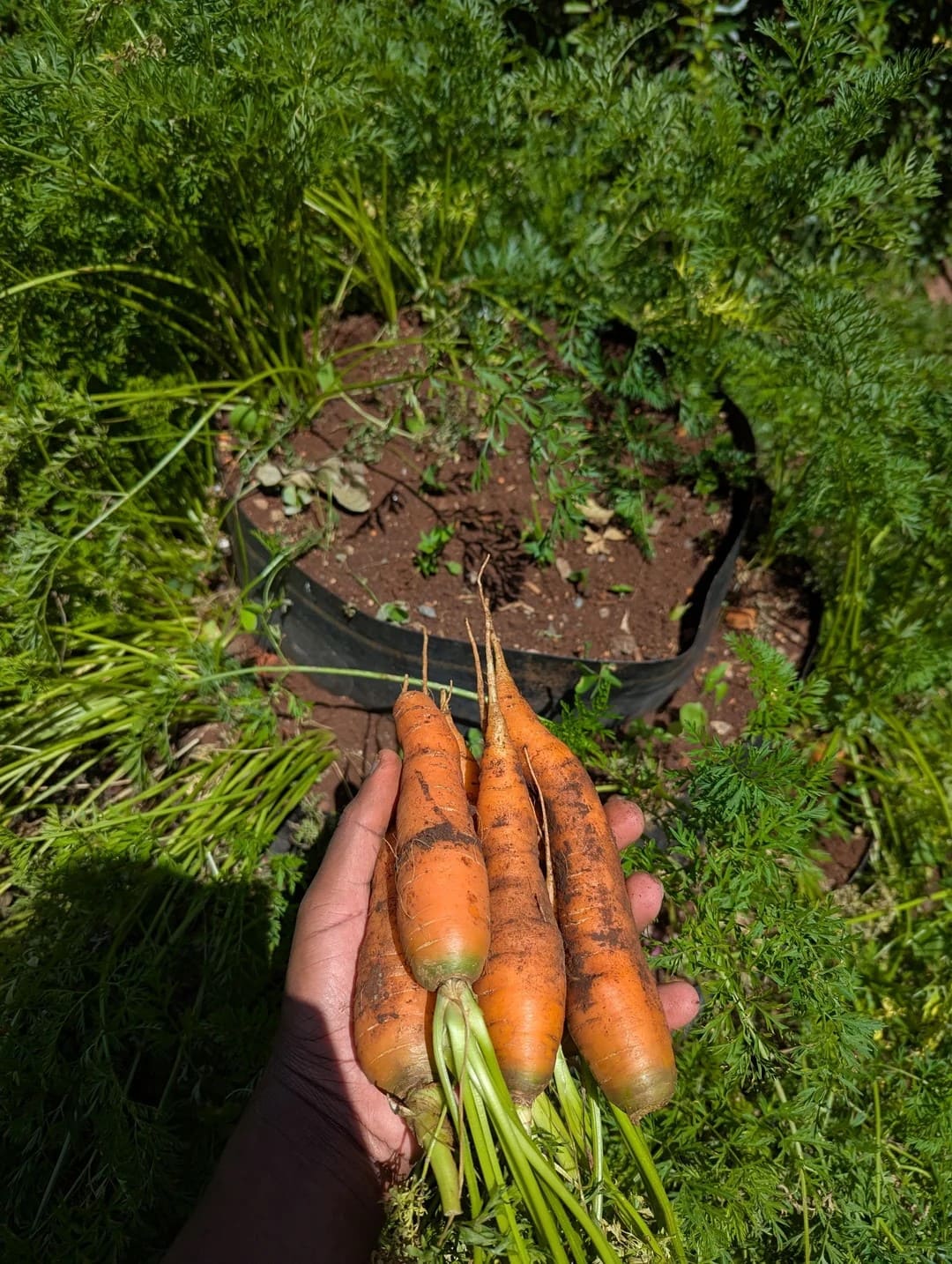
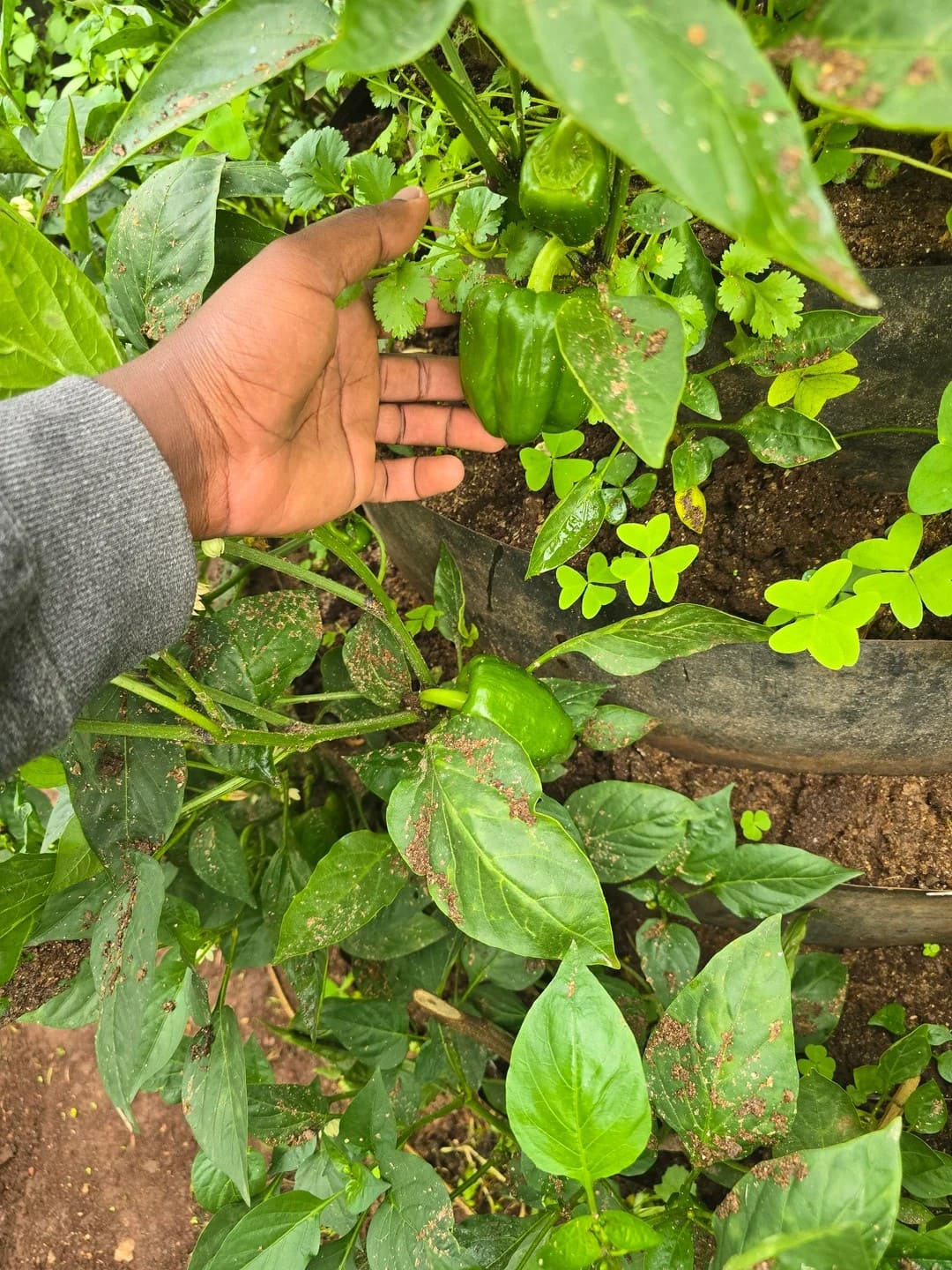
These gardens are versatile. Root vegetables like carrots and beets do well because of the depth of the soil.
Peppers, tomatoes, and eggplants thrive in the mid-levels. Herbs like cilantro, parsley, and basil fit perfectly along the edges.
Strawberries are another excellent choice as they’ll cascade over the tiers and make harvesting fun.
You can even mix crops, pairing vegetables with pollinator-friendly flowers for a more diverse and productive garden.
Caring for Your Tiered Garden
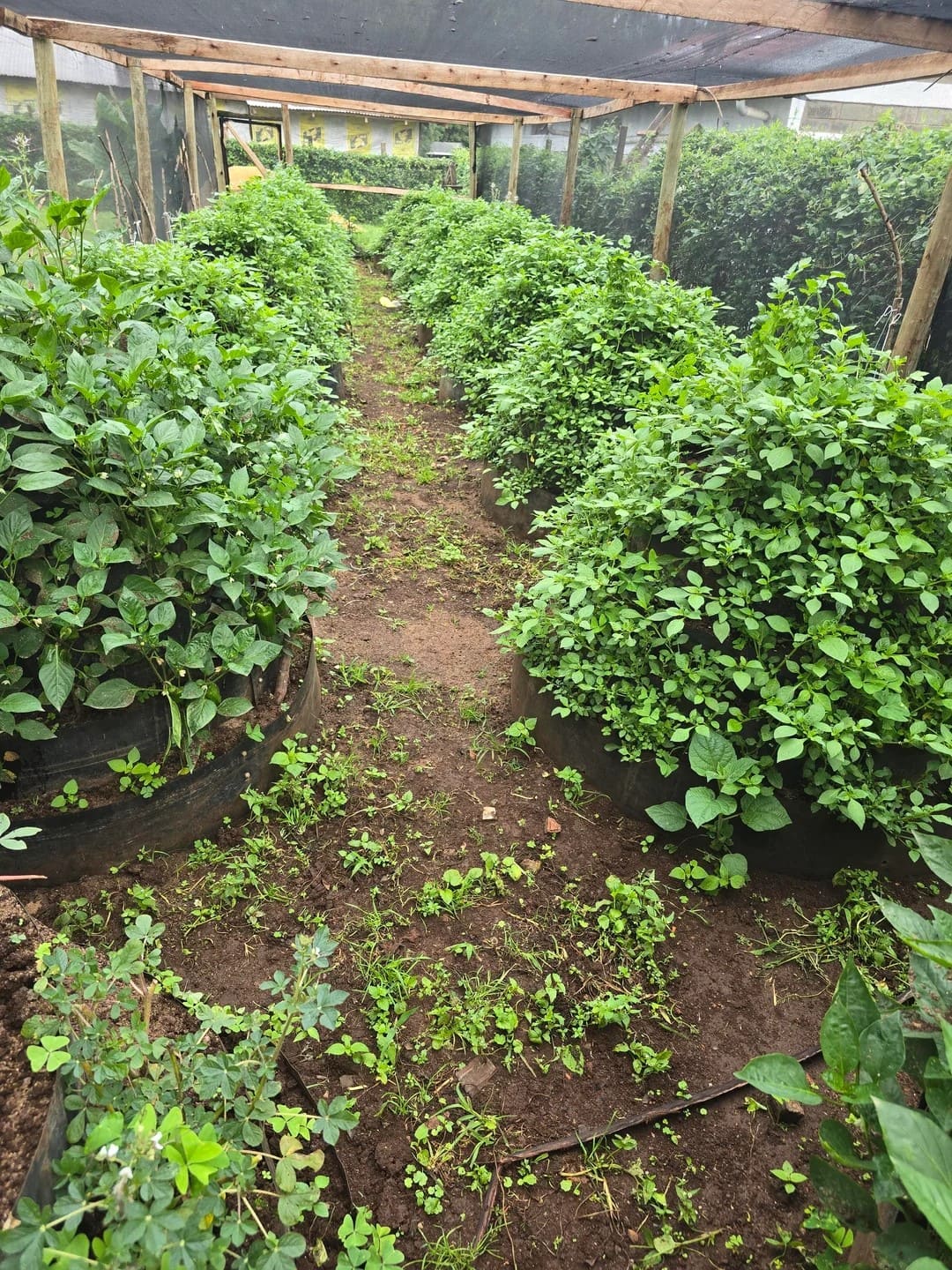
Watering is simple: pour water from the top, and it naturally filters down through the layers.
Mulching helps retain moisture and keep weeds at bay. Add compost or organic fertilizer every few weeks to keep nutrients flowing.
If you’re in a hot climate, shade netting can prevent plants from drying out too quickly.
Plus, regular harvesting keeps the garden productive and encourages fresh growth.
Final Thoughts
A tiered tire garden is more than just a planting space, it’s a statement of resourcefulness and creativity.
By reusing old tires and working with a smart vertical design, you can transform even a small patch of land into a thriving, abundant garden.
Whether you’re growing carrots, peppers, or fresh herbs, these towers make the process rewarding and efficient.
Refer to: How to Grow a Herb Spiral for Maximum Space-Saving
